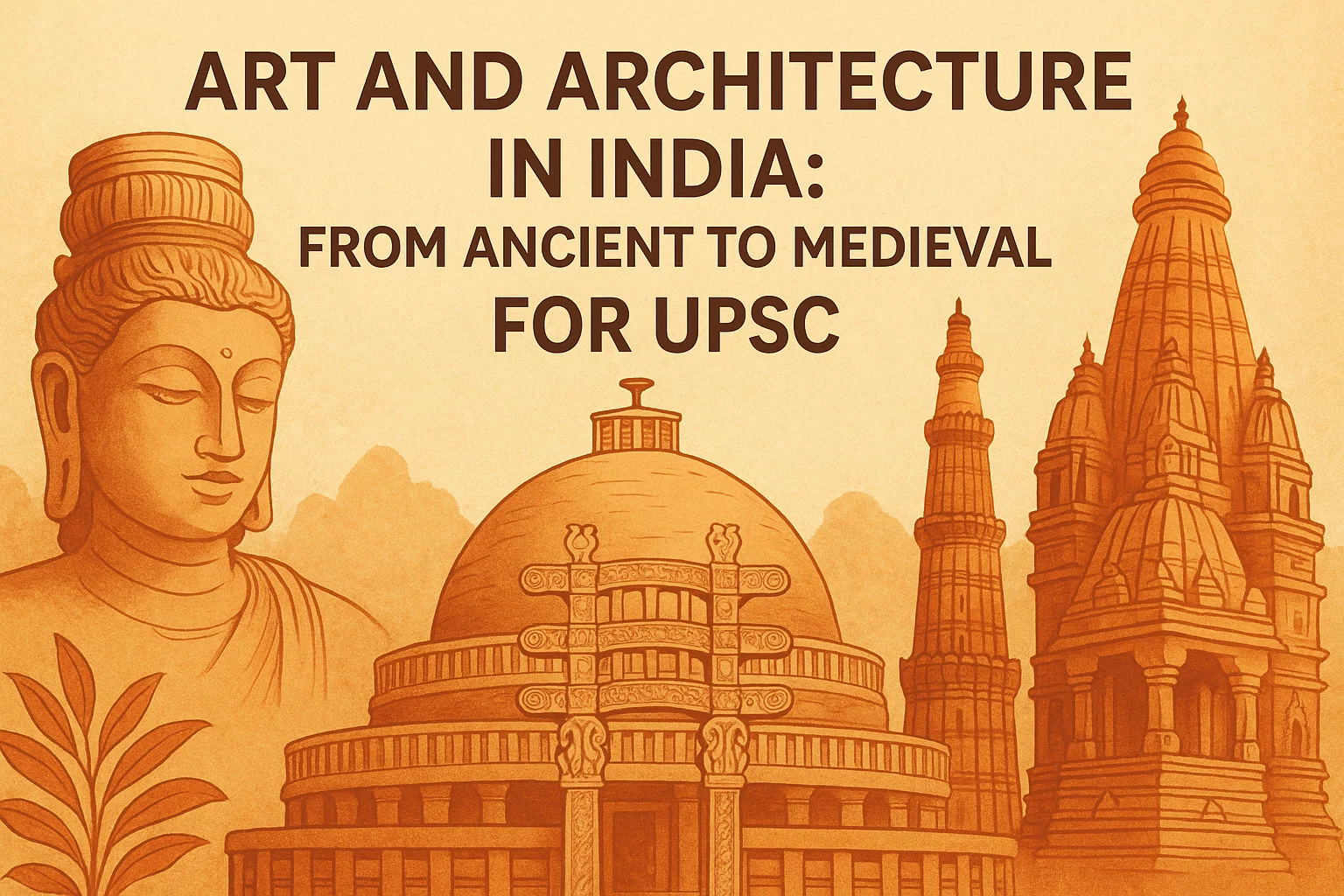Integrating Indigenous Rights for Sustainable Biodiversity Protection
India’s Forest Rights Act Stands Apart from Exclusionary Laws Globally
Context: Conservation efforts worldwide are increasingly scrutinised for their exclusionary practices, particularly those that marginalise Indigenous Peoples and Local Communities (IPLCs).
More on News
- The traditional “fortress conservation” model, which seeks to protect nature by isolating it from human activity, often results in the displacement of communities that have historically coexisted with and stewarded these ecosystems.
Pitfalls of Fortress Conservation
- Originating from colonial ideologies, fortress conservation enforces strict boundaries around protected areas, effectively criminalising the presence and practices of IPLCs.
- This approach has led to the displacement of millions globally, severing the intrinsic connection between communities and their ancestral lands.
- In India, for instance, over 56,000 families have been evicted from tiger reserves since 1972 under such conservation policies.
- Contrary to the assumptions of fortress conservation, numerous studies have demonstrated that IPLCs are often more effective in preserving biodiversity than centralised authorities.
- Their traditional knowledge and sustainable practices have maintained ecological balance for generations .
Legal Frameworks Supporting Inclusive Conservation
Recognising the shortcomings of exclusionary conservation, international and national legal instruments have begun to emphasise the importance of IPLC involvement:
- Convention on Biological Diversity (CBD): Established in 1992, the CBD underscores the necessity of respecting and integrating traditional knowledge and practices of IPLCs in biodiversity conservation.
- United Nations Declaration on the Rights of Indigenous Peoples (UNDRIP): Adopted in 2007, UNDRIP affirms the rights of indigenous communities to maintain their cultural traditions and manage their natural resources.
- India’s Forest Rights Act (FRA) 2006: A landmark legislation, the FRA acknowledges the historical injustices faced by forest-dwelling communities and grants them rights to access, manage, and conserve forest resources.
- It empowers gram sabhas (village assemblies) to play a pivotal role in forest governance .
Success Stories: Community-Led Conservation
Empowering IPLCs has led to notable successes in conservation and sustainable development:
- Pachgaon Village, Maharashtra: By securing community forest rights, the Gond community transformed their economic landscape through sustainable bamboo harvesting, leading to improved livelihoods and forest conservation .
- Community Conservancies in Africa: In countries like Kenya and Namibia, community-managed conservancies have not only bolstered wildlife populations but also enhanced local economies, showcasing the efficacy of inclusive conservation models .
Way Forward: Harmonising Conservation and Indigenous Rights
The global conservation community is gradually shifting towards models that integrate IPLC rights and knowledge systems.
- The Kunming-Montreal Global Biodiversity Framework (KMGBF), adopted in 2022, emphasises the role of IPLCs in achieving biodiversity targets, including the ambitious “30 by 30” goal of protecting 30% of the planet’s land and oceans by 2030.
- However, challenges persist. In India, while the FRA provides a robust framework for community-led conservation, its implementation often faces bureaucratic hurdles and resistance from traditional forest departments.
- Ensuring that policies like the Biological Diversity Act (BDA) align with the FRA is crucial for cohesive and effective conservation strategies.


